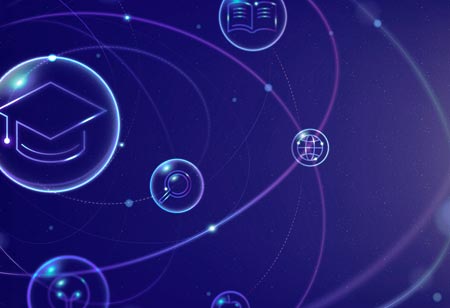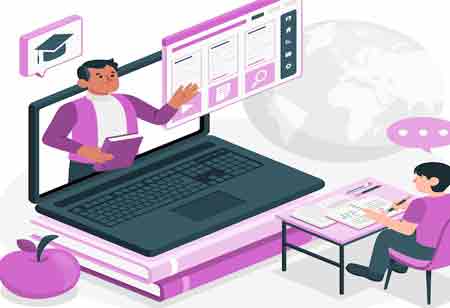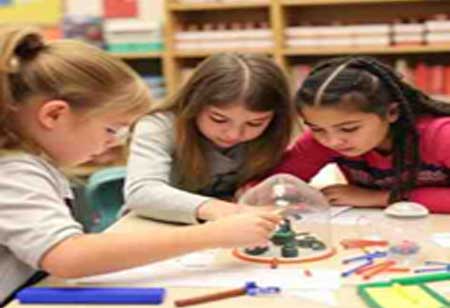THANK YOU FOR SUBSCRIBING
Be first to read the latest tech news, Industry Leader's Insights, and CIO interviews of medium and large enterprises exclusively from Education Technology Insights
The Role of Robotics and AI in K-12 Education
Artificial intelligence (AI) technology is evolving quickly, enabling previously unthinkable solutions.

By
Education Technology Insights | Wednesday, April 27, 2022
Stay ahead of the industry with exclusive feature stories on the top companies, expert insights and the latest news delivered straight to your inbox. Subscribe today.
With the advancement of increasingly advanced integrated technological solutions, the future holds enormous promise for improved student experiences in K-12 education, contributing considerably to students' growth and development.
FREMONT, CA: Artificial intelligence (AI) technology is evolving quickly, enabling previously unthinkable solutions. It is readily available in various technologies and is already being implemented in classrooms in several locations. The epidemic compelled the development of instructional technology, including the creation of AI. Suddenly, educators required methods for acquiring additional material virtually.
With the increasing relevance of AI in daily lives, it's unsurprising that educational institutions are racing to catch up with the demand for intelligent systems that assist students in learning more effectively and achieving their learning objectives.
AI—a computer program's ability to perform human-like functions such as thinking and learning—alters both K-12 and higher education.
Robotics and AI-based education are becoming more prevalent in schools, owing mainly to the fact that children in K12 schools will graduate into a highly tech-driven workforce in which robots will become increasingly prevalent in daily life.
Individualized Curriculum
AI techniques can also assist in determining which areas of the curriculum pupils are having difficulty with. This enables instructors to implement corrective actions and create a curriculum tailored to the learners' requirements.
For instance, if a high percentage of students in a classroom answer incorrectly on the same topic, this enables the teacher to review the learning material and delve deeper into the subject to ensure that pupils gain a conceptual understanding of it. Additionally, if teachers encounter more challenging regions, they can complement their teachings with extra AI teaching tools.
Educational robots customized to meet the unique needs of each student are another option to enhance K-12 learning, particularly for students with disabilities. Children with autism, for example, can benefit from robots' assistance in developing communication and social skills through interaction with specialized gadgets that adapt their responses and responses to the students' behaviors.
Reducing Teachers' Workloads
Another way AI may help enhance K-12 education is by supporting instructors with routine administrative activities such as grading assignments, freeing up more time for teachers to design individualized lesson plans for each student.
Technology now enables teachers to have their students ' work graded automatically using AI techniques rather than grading each student's work individually, which can take a significant amount of additional time.
A Sturdy Technology for School Attendance
Educational robotics provides a novel alternative for pupils who cannot attend class. These robots can be used to bring pupils into the classroom who cannot participate due to their unique physical limitations.
Whether a student is recuperating at home following surgery or has severe allergies preventing them from attending school, they can still receive a true school experience via a device (personal robot) that visits the school and transports the student via a specialized device internal video conferencing system.







